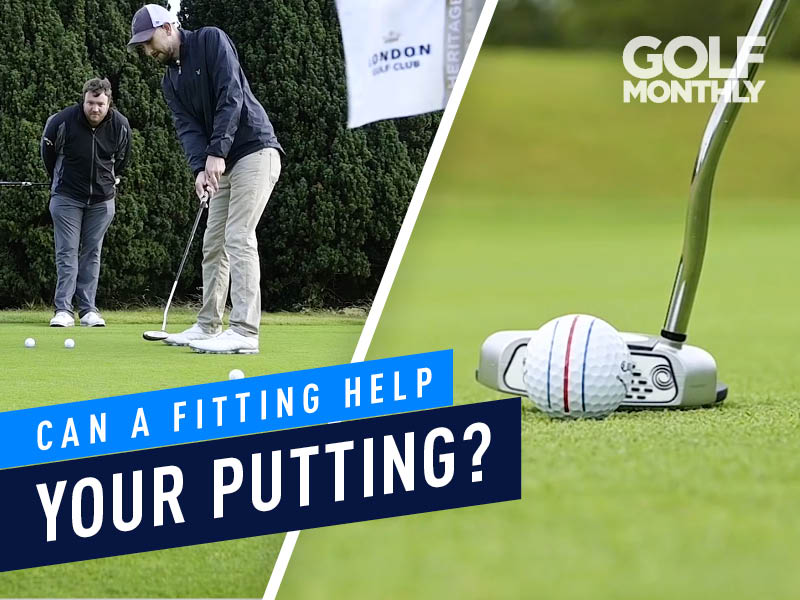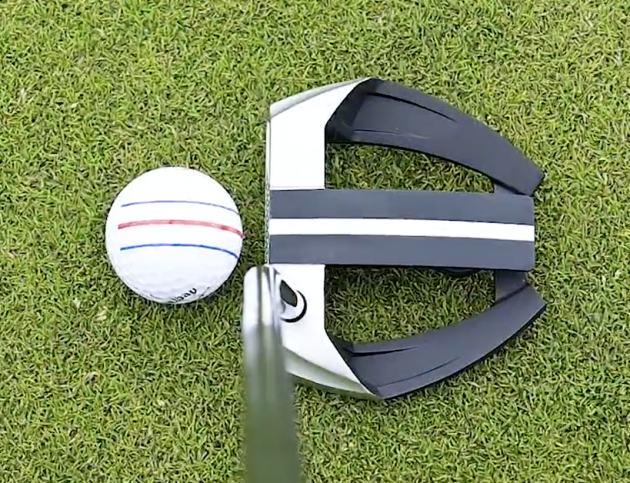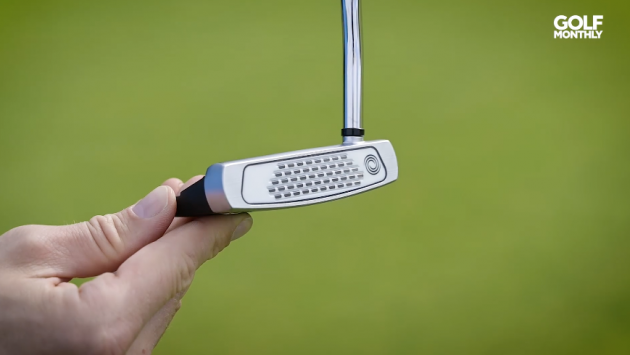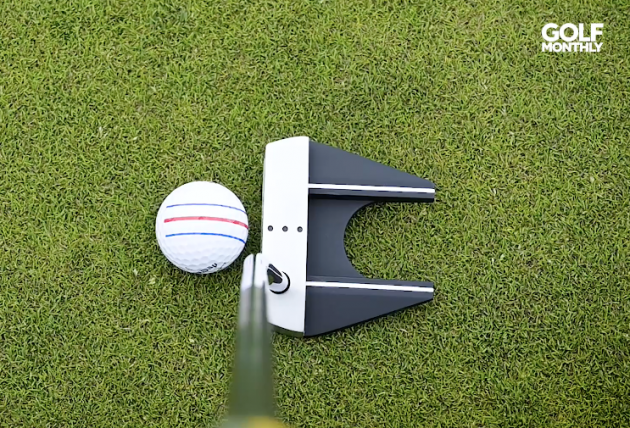Can A Fitting Help Your Putting?
Two Golf Monthly readers get fitted for Odyssey Stroke Lab putters...

Golf Monthly readers Dave Brown and Howard Bowden get fitted for Odyssey Stroke Lab putters...
Can A Fitting Help Your Putting?
Dave Brown
Handicap: 10
Home Club: The Belfry
In this video, Golf Monthly Reader Dave Brown seeks to improve his putting with the help of London Club pro Paul Stuart and an Odyssey Stroke Lab putter fitting.
Dave said that all aspects of his putting were terrible, especially his green-reading.
Subscribe to the Golf Monthly newsletter to stay up to date with all the latest tour news, equipment news, reviews, head-to-heads and buyer’s guides from our team of experienced experts.
Paul thought that Dave was being slightly harsh on himself and saw two things he could improve on - his alignment and his hand position.
The toe of the putter was in the air which affected his wrist angles.
This lead to the toe overtaking the heel at impact and the ball started left a lot of the time.
By raising his wrists the putter then sat flat and allowed him to start the ball more often on his target line with more control.
Matt Judd, Odyssey Custom Fitter, gave Dave the Marxman model featuring a big single alignment line which helped him start the ball on his target line.

He also worked on the lie angle to enable Dave to have his hands high with the putter still square.
Related: Your complete guide to better putting
What is Stroke Lab?
The Odyssey range for 2019 features head styles to tailor any stroke, from toe-hang blades to the higher MOI face-balanced mallets.
The Stroke Lab shaft features a mix of graphite and steel, saving 40g of weight that can be re-distributed to the head and grip, leading to a much more consistent putting stroke.

The shaft concept allows Odyssey to control a more consistent putter stroke length, a more consistent clubface and help with distance control.
The Stroke Lab technology allows the putters to give -
- A 20% more consistent length of backswing
- A 21% more consistent position at the end of backswing
- An 18% more consistent face angle at the end of backswing
- A 15% more consistent forward swing time to impact
- A 14% more consistent velocity at impact
- A 13% more consistent face angle at impact

Microhinges in the face design push back and then forwards at impact to help encourage launch characteristics and get the ball up and rolling better and more efficiently.
This helps with distance control and to keep the ball on target.
Howard Bowden
Handicap: 10
Home Club: Tilgate Forest Golf Club
Howard struggled with his putting from the 4-6ft range, saying that those putts were what separated a good player from an average one.
Paul noticed that Howard had no real plan or strategy, simply lining up the putter and 'hoping' it would go in the general direction where he wanted it to.
He changed Howard's grip as it was a bit weak by flattening the left wrist and getting the shaft more up the life-line of the palm.
He also widened his stance and got him into a proper set-up position with his centre further back for more stability.
Matt Judd, Odyssey Custom Fitter, was happy with what he saw from Howard so it was all about tailoring the head style to his stroke.

Howard had a more straight-back-and-through putting stroke as oppose to a more rounded one so went for the face-balanced #7 'Fang' model.
That head worked well with his delivery.
Related: Your complete guide to better putting
For all the latest golf news, check the Golf Monthly website and follow our social media channels @golfmonthlymagazine on Facebook and @golfmonthly on Twitter and Instagram